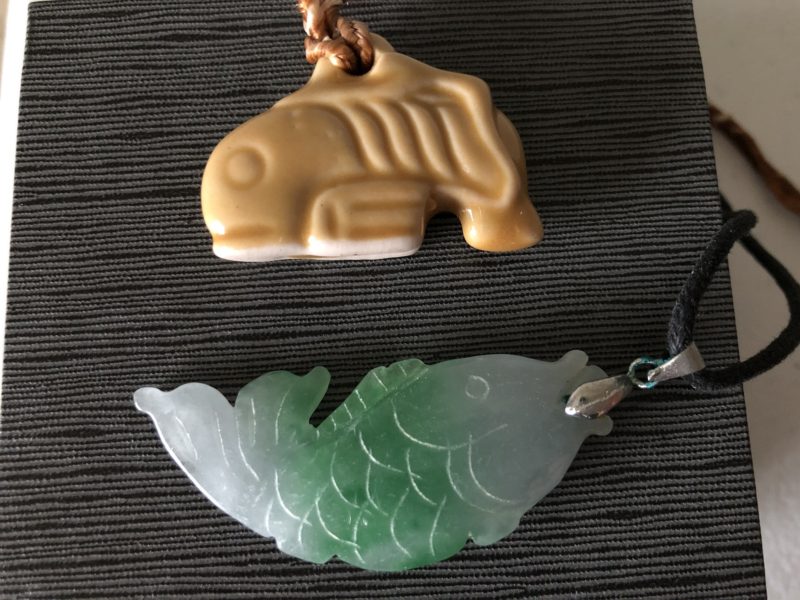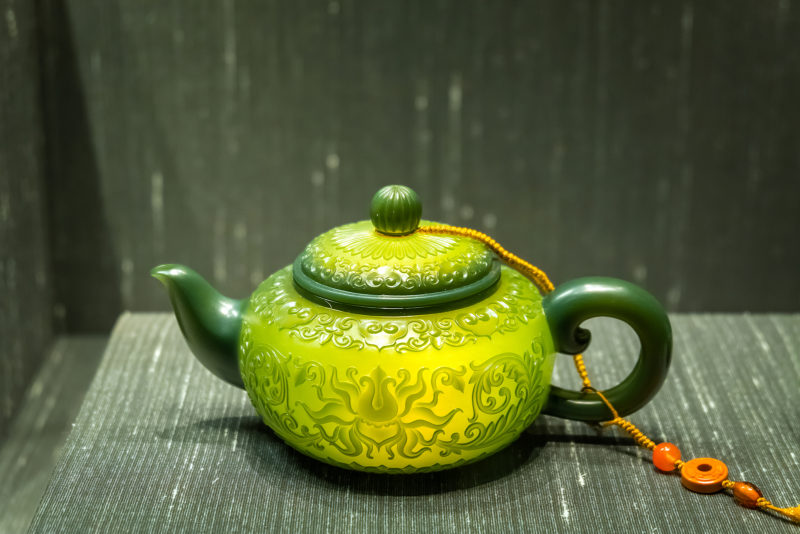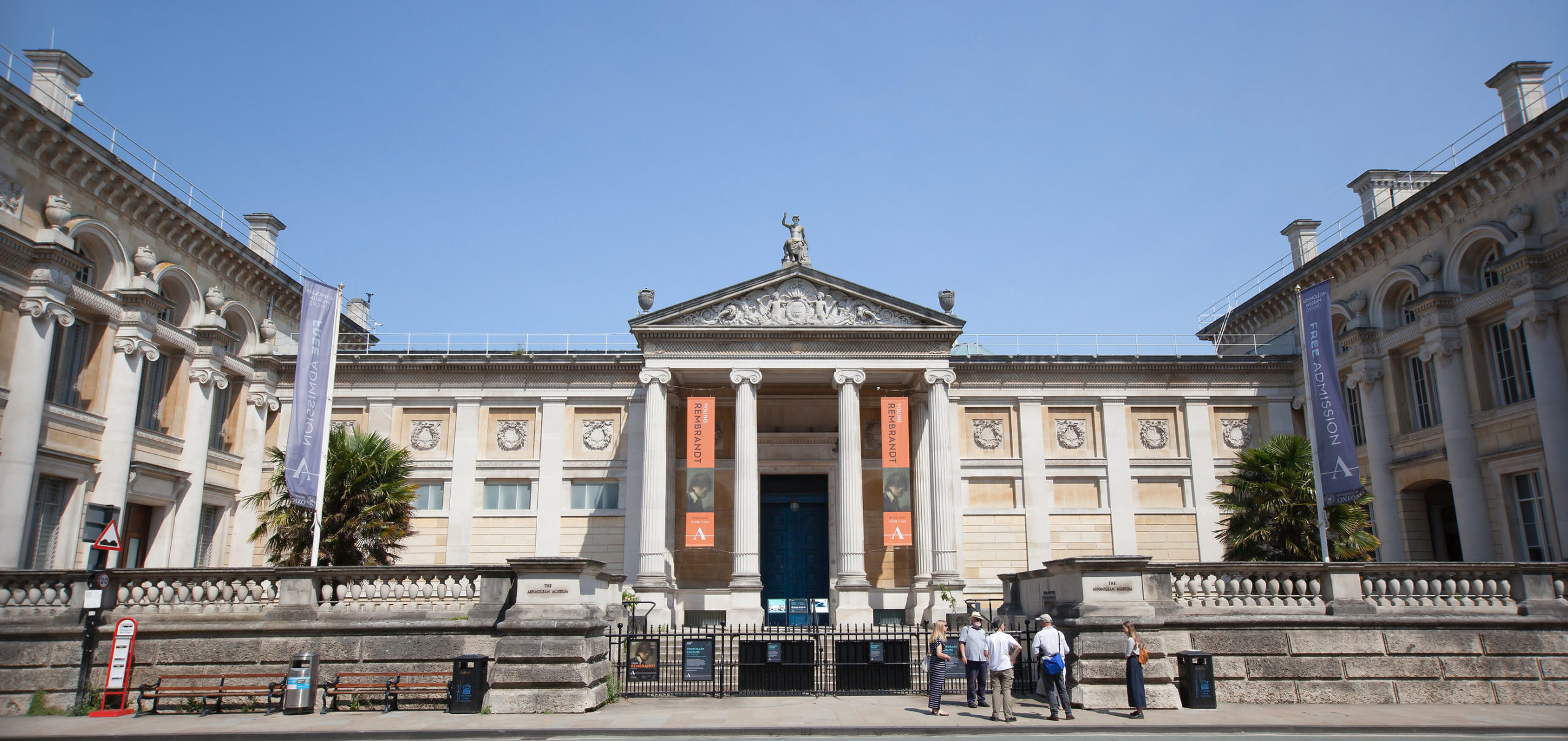Chinese culture is probably one of the most ancient cultures that survived until this day. Not only is it famous for its innovation in science, warfare, and literature, but it is also known for its rich cultural heritage. Chinese visual arts need no introduction – everyone has seen a white-and-blue porcelain vase or a delicate ink illustration, at least, once. Ancient China has always had a variety of materials for art making. Among them is jade, a mineral that has a special place in Chinese culture and many other Asian cultures. But what exactly is the significance of traditional Chinese art?
Significance of jade in Chinese art
Jade is a mineral that has a natural green color and is notably difficult to work with due to its hardness. Ancient masters found a way to tame it by using other minerals that were much more durable (for example, quartz) to wear it down. Thanks to the durability of this material, we now can admire beautiful pieces of Chinese art, which were created thousands of years ago. For cultures that existed, and still exist, on the territory of modern China, jade held spiritual and religious significance and was associated with various virtues. In ancient times, objects from this mineral were regarded as symbols of power and social status.

How was jade used?
One of the most popular uses that jade had, and still has now, is jewelry. If you ever go to China, you will see people selling necklaces, rings, and bracelets made from this green mineral. Not only are these items beautiful and fashionable, but they are also believed to have healing properties. Carrying a piece made from jade close is supposed to have a pleasant effect on your body and mind.
Another lesser-known property of jade is its musicality. Did you know that the traditional Chinese percussion instrument bianqing had chimes that were made from jade? It used to be played in a similar way you would play the modern-day xylophone. One could hear this instrument at royal ceremonies and during rituals.

Despite its toughness, jade is one of the most used materials in Chinese art. There are sculptures carved out of it in Buddhist temples and palaces made with precision that modern technology still struggles to achieve sometimes. Perhaps, one of the latest applications of jade was invented by the beauty industry — using jade rollers and gua sha stones on the skin is popular nowadays.
Do yourself a favor and visit your local museum that exhibits Chinese art. You will be amazed at how flexible this mineral becomes in the hands of true masters.










